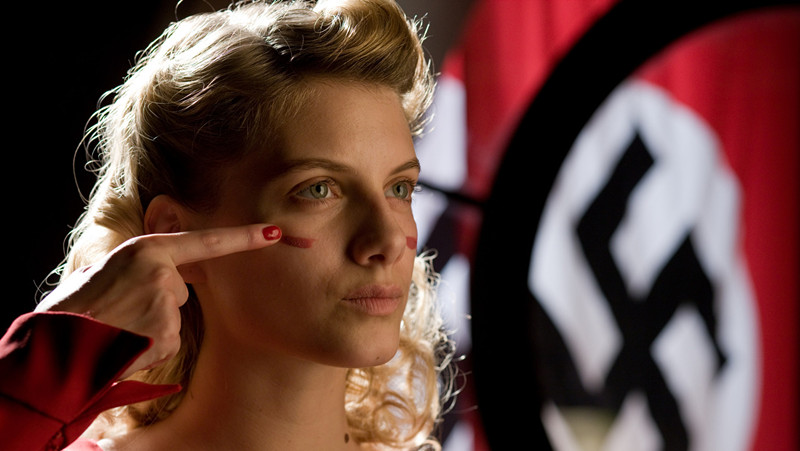
Every year in film has its highs and lows. Some great movies, some decent, the awful ones and maybe a masterpiece. If years were animals, then 2009 would be a beautiful unicorn, created by a number of master directors who, for some reason, decided to release their movies in the same 365-day period.
This wonderful phenomenon was like an earthquake that shook the cinema world and left it trembling. A group of doubtful judges at the Cannes Film Festival gave the Jury Prize to two movies because they couldn’t make up their minds on the matter. This has only happened three times since its inception 71 years ago.
The 20 best movies from “The Legendary ‘09” are listed below:
20. Moon
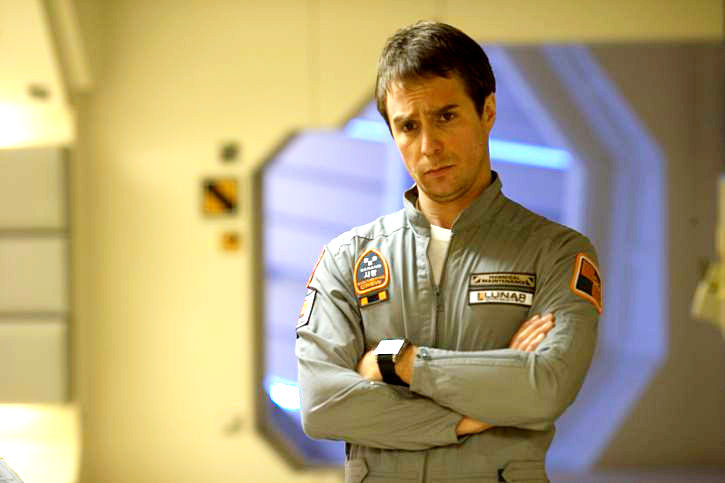
Director Duncan Jones’s first movie (before “Source Code” and “Warcraft”) is an interesting minimalist philosophy exercise about self-identity, set in space and starring Sam Rockwell as Sam Bell and his doubles.
The smooth voice of Kevin Spacey accompanies Sam as the intelligent robot GERTY that, from the start, is clearly trying to hide something from the main character.
Sam Bell is an employee of Lunar Industries, the lead clean energy company on Earth. Sam’s job is to ship helium-3 (harvested from lunar rocks, charged with solar light) to his employers so they can supply 80 percent of the entire world’s energy demand with it. He’s all alone, is about to finish his 3-year contract, and soon he will return home. That is, until he has an accident in his moon car and wakes up safe and sound on his base, and he starts noticing strange details that will, soon enough, unveil who he really is.
Are we just biological robots? Can conscience be programmed at will? Is our set of memories the only thing that makes us who we are? Those are the questions proposed by “Moon”, and like a good philosophical movie, it leaves it up to us to answer them. Although this might be difficult, it is interesting to debate such questions “Moon” takes the effort to ask.
A larger budget would have made this movie a classic. It’s understandable that some things can’t be shown on screen because it will run out the film’s $5 million budget. Unwillingly, this gives the movie a mysterious atmosphere that adds to the shadowy themes.
If you are looking for a suspenseful thriller, look no further.
19. The Road
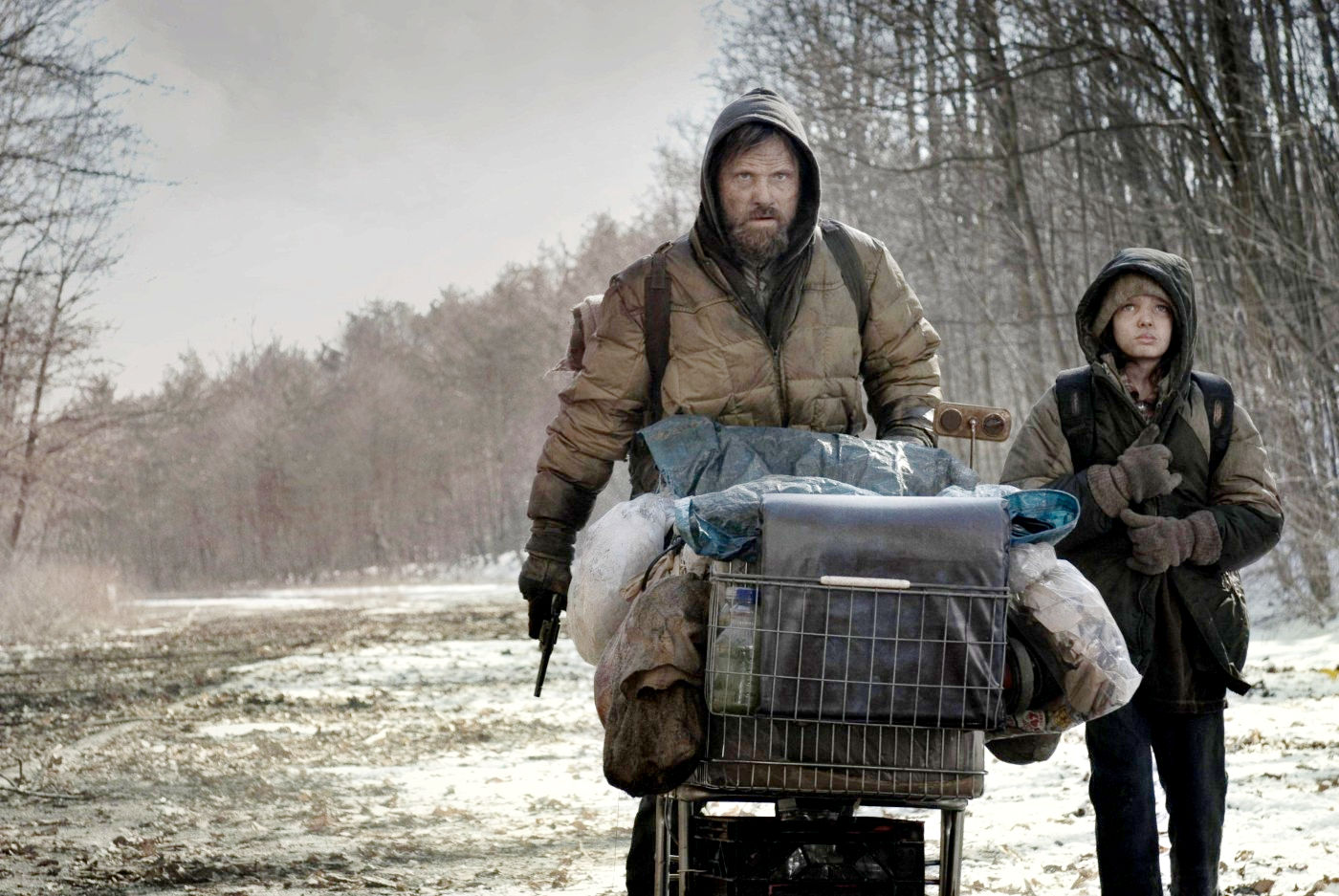
Dozens of apocalyptic movies have been made by now, but only a few are as bleak and realistic as “The Road”.
It follows Viggo Mortensen (his character’s name is never mentioned) and his son as they strive for survival in a hellish wasteland, likely caused by nuclear war. Like most “end of the world” stories, the surroundings are full of violent gangs that will shoot on sight anyone alien to their group. This puts the couple in a tight spot, forcing the protagonist to point his gun’s barrel onto his son’s head (to spare him from suffering) every time he fears crazy looters are going to slaughter them.
Based on the acclaimed novel of the same name, “The Road” is a sad view of a possible future for humanity. The author of the book references the Yellowstone caldera (a super volcano located in the United States) that, although unlikely, could blow at any time causing extreme environmental damage (as depicted in the totally accurate disaster movie, “2012”). The immediacy of the apocalypse is one of the morals of the story, so seize the day, if you will.
Viggo Mortensen’s performance is spectacular as he lost 30 pounds and looked like a hobo for the duration of the shooting; he also knew how to contrast the emotional states of his character, both before and after his deplorable wandering situation. He also has great chemistry with Kodi Smit-McPhee, who plays his son; their scenes together are sad and strangely compelling to watch.
With a top notch apocalyptic atmosphere, “The Road” is more frightening than any horror movie out there.
18. The Hurt Locker
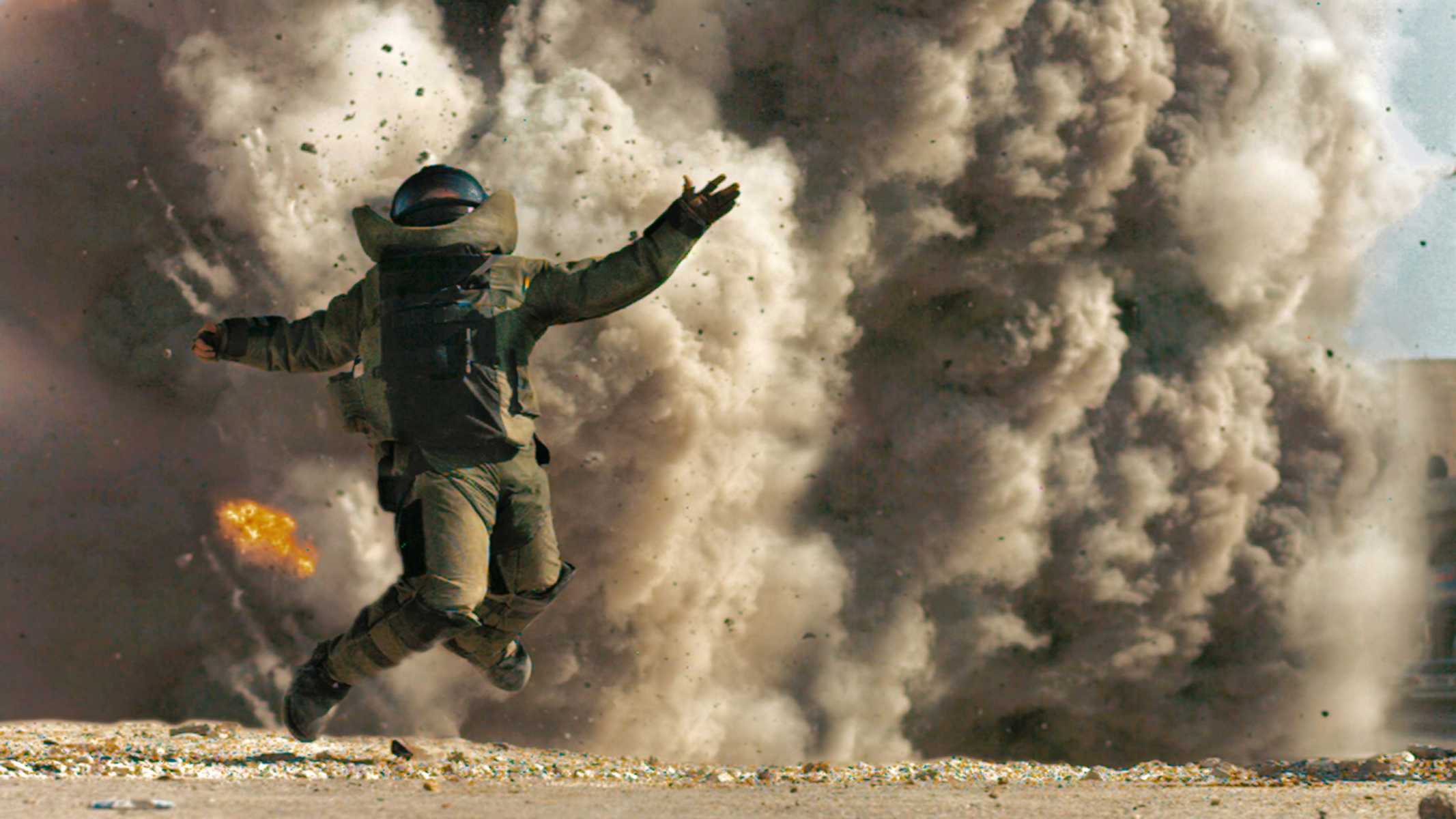
This was the underdog of the ridiculous 2010 Oscars, in which the Academy came close to giving the Best Picture award to the year’s favorite, “Avatar”, the movie everyone saw once and then forgot ever existed. Kathryn Bigelow, the first woman to win the Best Director award at the Oscars for this film, righteously beat her ex-husband with a war movie, depicting the lives of American soldiers in charge of the bomb deactivation department.
Jeremy Renner plays the badass newcomer who isn’t scared of little bombs. He and a group of soldiers ride around Iraq looking for suicide bombers and possible explosive devices left in any place imaginable.
The tension it causes in the spectator is the greatest achievement of “The Hurt Locker”. The camera work isn’t fancy at all; the serious and intense tone of the film rules over the cinematography, which is harsh, dirty, and creates an atmosphere that implies sudden death can generate from every corner of the landscape.
Helped by the strong editing, it’s hard to differentiate between who is safe and who is about to die, and this is what makes the action scenes so thrilling. Every death is sudden and cold, as there’s no time for artificial drama in war.
The soldier’s psychological profiles are well created; they’re all scared of going out to face danger every day. Some choose to hide this fact and others prefer to anxiously wait for the day they can return home.
The script never rushes and the dialogue isn’t overly dramatic. This helps the action scenes feel as real as possible.
17. Zombieland
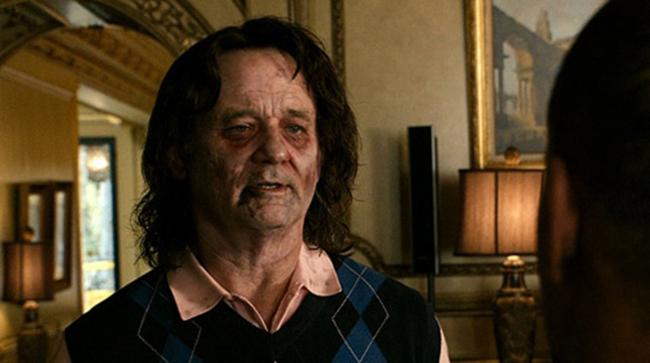
In a genre that was worn out decades ago, it’s refreshing to see an original zombie movie that isn’t a remake or a lazy adaptation (“Dawn of the Dead” and “World War Z”, we’re looking at you).
In a world where Jesse Eisenberg is roaming the streets with a locked and loaded double barrel shotgun, he’ll team up with Woody Harrelson to survive in a land where Emma Stone is the only hot girl for miles. However, her main goal is to steal everything you have.
The character names don’t really matter in this film, and they even call themselves by the state where each of them is headed (Columbus, Wichita, etc). The actors in this film are really playing themselves, but in a good way. Woody Harrelson is a cowboyish type, killing zombies with machetes, banjos, and garden scissors. Jesse Eisenberg is afraid of everyone and everything, Abigail Breslin plays an annoying teenager, and Emma Stone acts like the hot easygoing swindler gal.
Zombie movies are supposed to be gory, and seeing this film is a relief after watching so many PG-13 kid’s zombie flicks with no blood, no exploding heads, no baby zombies (looking at “World War Z” again). “Zombieland” isn’t afraid to show anything, it relies on a strong script that makes the events in the movie feel natural.
Clearly inspired by “Shaun of The Dead”, “Zombieland” is funny, witty and knows how to use the camera to tell jokes instead of leaving it all to the actors.
16. Black Dynamite
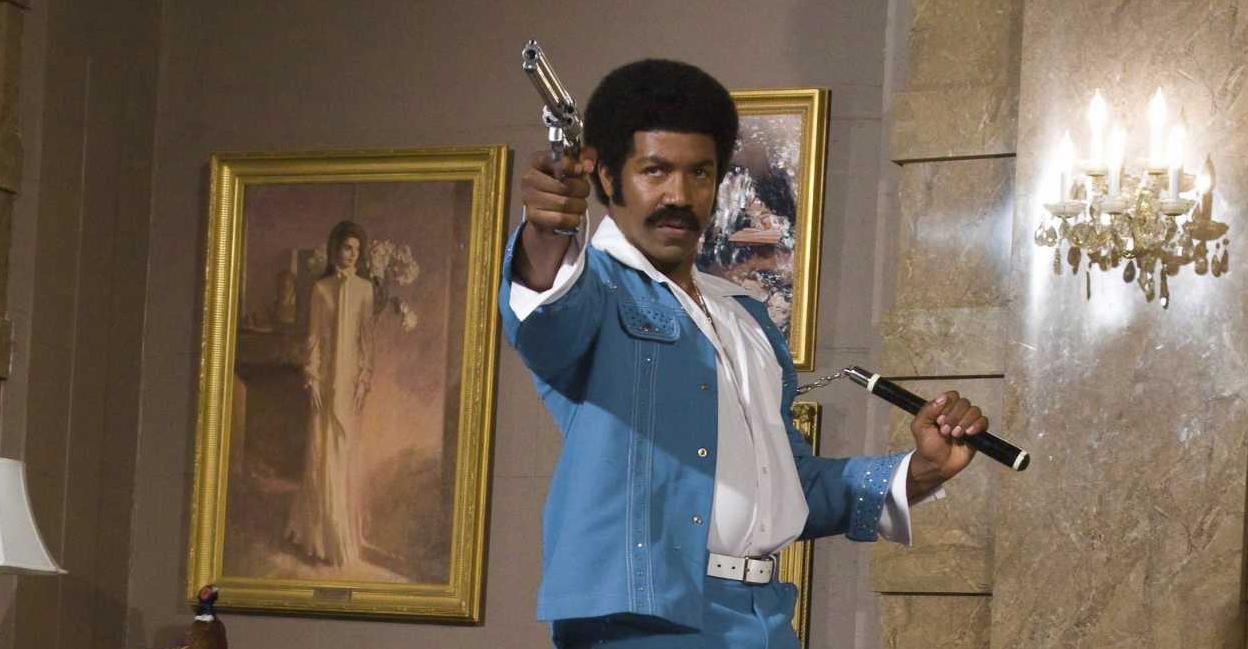
The majority of the 1970s exploitation movies are somewhat ridiculous, and the filmmakers behind “Black Dynamite” knew this all too well.
The film not only mocks Blaxploitation clichés and inconsistencies, it celebrates them and portrays each one in an exaggerated and hilarious way.
For example, the movie starts with a shadowy drug kingpin who’s accusing his employees of treason, set to a cool 70s soundtrack, and Black Dynamite’s brother is among those accused drug dealers and is gunned down for being a snitch. Cut to Black Dynamite having sex with three women at the same time, and a tune about Black Dynamite’s badassery starts blasting through the speakers.
When the lead character finds out about his brother’s death, he proceeds to murder everybody involved with his own bare hands, in hilarious Bruce Lee style kung fu sequences.
The movie is filmed in 16mm and has an old fashioned granulated look that gives authenticity to the Blaxploitation theme. Also, once in awhile, the boom mike is visible, Black Dynamite’s enemies fall incredibly without him even touching them, and cars explode after they have barely fallen off a cliff. These are all references to the genre from which the movie was inspired.
This is the perfect film for a movie party, or whatever the kids are calling movie-watching get-togethers nowadays (flick jam? Pictures party?).
15. Enter the Void
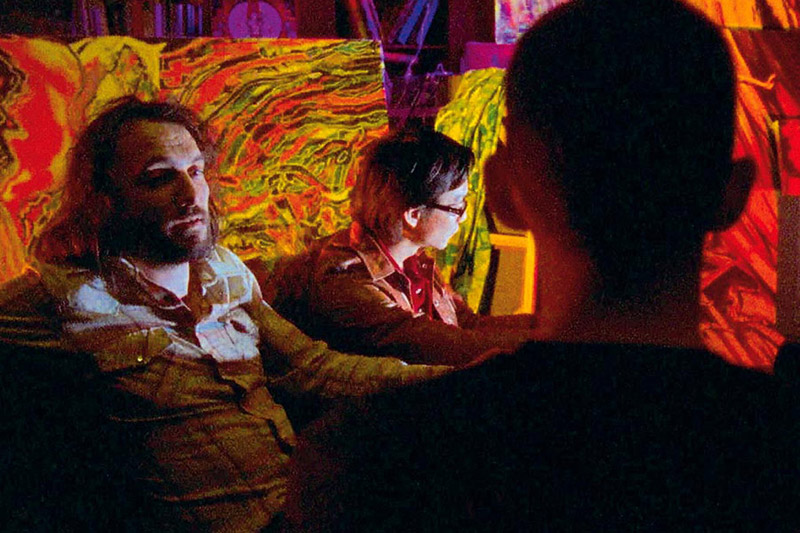
Alejandro Jodorowsky wanted to make a film that emulated the experience of taking LSD. That movie was known as “Dune” and couldn’t be produced because Jodorowsky planned for it to last more than 10 hours.
More than 30 years later, French-Argentinian director Gaspar Noé accomplishes this feat with incredible ambition and masterful camera work.
It doesn’t run the length that “Dune” was intended to achieve, but “Enter the Void” illustrates a voyage through a metaphysical plane of existence along with incredible visuals of the protagonist’s LSD trips.
It tells the story of Oscar, an American drug dealer living in Japan who is killed by police and enters the Adi, a metaphysical existence. There he sees his life passing through his eyes and we experience his perspective as an spectator watching how his friends and family’s lives develop after his death.
One character has a monologue about how the chemicals released in the human brain during death are similar to the ones in DMT (a stronger kind of LSD), so he utters this badass quote: “Death is the ultimate trip”. This kind of sums up the film’s structure. This events are based on the Tibetan book of the dead, which explains how the soul travels through the Adi and then reincarnates.
From the start, the movie is filmed from a first person perspective. It’s amazing how the camera movement emulates the individual human perspective of life. This technique absorbs the viewer into the story like a black hole absorbs light.
The motion of the camera is similar to the one in the chaotic “Irreversible”, Noé’s previous film. He uses a special crane with more freedom of movement that allows him to film from complex and intricate angles.
The camera flying all over the place, along with the exquisite cinematography, gives “Enter the Void” a distinctive look that separates it from everything that has been seen before.